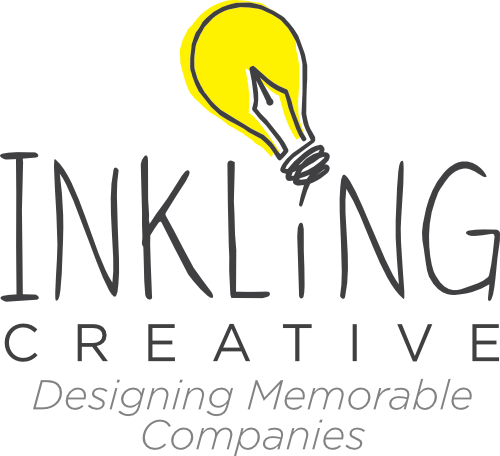Businesses these days are all online. Even if a business is not an e-commerce site where products are purchased, in 2018, an online presence is a necessity. Besides a logo, the website is a chief identifying factor in a company’s branding.
More...
A company’s website is often the first place potential customers go to learn more about a business. It is frequently the primary place people go to learn about your company and what you offer. It is essential that your website accurately represents your brand image and visual identity.
Because whether you want it to or not, your site says a lot about your brand. In many ways it defines your brand identity. On a web page, you find a company’s logo, fonts, colors, photography, and overall style. Along with other the aspects of visual identity, making your website consistent is essential. These visual identity design guidelines are found in the your company's style guide. You need a good quality, functioning website that attracts your customers and doesn’t frustrate them or scare them away.
Elements a Website Should Include
Tarango Visual offers seven helpful elements an effective and helpful website should include:
- A distinct design: Your web presence should be unique and built around your branding.
- Clear and concise copy: People go online to find information. Make sure your web pages provide value in a clear, straightforward manner that is friendly and easy-to-read.
- Good UX: This means that your website has a good user experience (UX) - it is intuitive and easy to navigate.
- Optimized pages and images : Websites do not gain organic traffic unless they are optimized for search engines. This means they make it easy for search engines to find them. Optimizing your website means finding relevant keywords and including them in the title, header, and body of each page as well as in the alt-text of images.
- Short page loading times: In this fast food generation, people don’t like to wait. Especially on websites. If your website won’t provide information fast enough, another will.
- An SSL Certificate: this labels your website as “Secure” on browser. This is especially important if you accept payments online. Having an SSL certificate provides a degree of trust and credibility with your audience. You can tell if a website has one if their URL begins with https://.
- Mobile Friendly: Your website needs to be optimized for mobile devices. HubSpot notes that because 80% of users own a smartphone, web pages need to function well on small screen sizes.
Because 80% of users own a smartphone, web pages need to function well on small screen sizes.
These are the basics of a good website. Websites do not have to have all of these things, but they are a good starting point.
What do you think are the most important aspects of a website? What do you think they say about a company? Please comment with your thoughts.
Below, download the freebie on the 7 Critical Components of an Effective Website for a quick reference. And as always, sign up to keep updated on the latest blogs.

